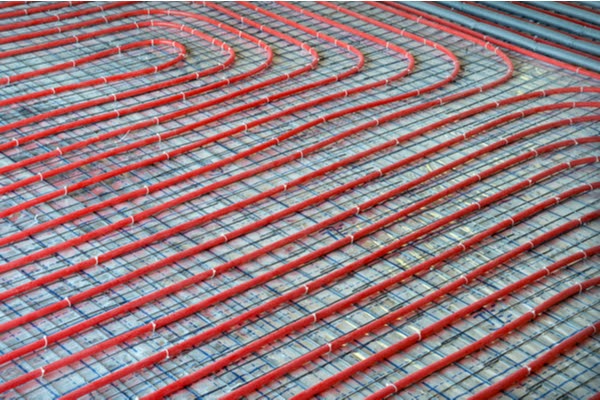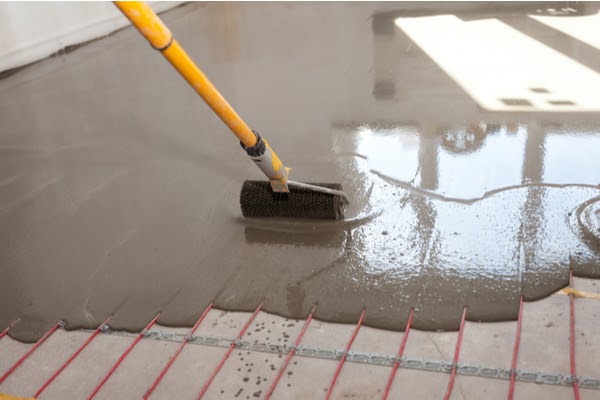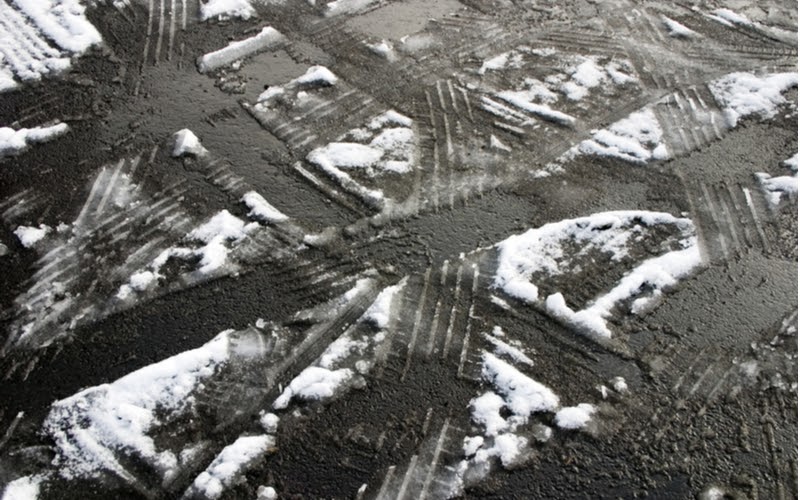Do you dread waking up early to shovel snow off your property? Wouldn’t it be great if the ground could melt away the snow for you? After checking out how outdoor radiant heating works you might be interested in starting your own project. There are two main types of outdoor radiant heating systems – electrical and hydronic. While they operate differently, they both achieve the same goal of keeping your driveway snow-free. Read on to learn more about the differences between the two, as well as the costs involved.
Hydronic System

A hydronic system uses hot water from a central source, such as a boiler or water heater, to heat the surface. Flexible tubing helps to carry a mixture of hot water and antifreeze throughout the area to warm the surface. This system is known for its efficiency and low cost. Because hot water and antifreeze are able to retain heat even after the system is shut off, the energy use is reduced a fair bit. On top of that, since this system is run by a boiler, you can find one that uses the cheapest fuel in your area, saving you on utility costs.
Electrical System

An electrical system uses electric cables, which are powered through electricity, to warm the surface. The electrical cables are run similar to the hydronic tubes, covering the surface which needs to be heated. Electric cables do not retain heat as well as the tubing so this system is required to run more in order to see the same results. With the system running more, the cost to operate is more due to high electricity costs.
Costs
The average cost to install radiant heating is dependent on a lot of different factors. For example, if it is not a new build, the existing surface will have to be dug up and then redone, costing your additional money to install the system. On average, you can expect to pay around $8-$21 per square foot. Keep in mind that it is cheaper to install an electrical system, however, a hydronic system is cheaper to run. So while you may pay a big fee upfront to have your system run on water, you will save money through the more efficient day-to-day operation.
Radiant heating is a great way to create a slip-free and shovel-free property during the winter, as well as extend your outdoor living space past the fall season. Now that you know how radiant heating works, the different systems, and the costs associated with installing and running, connect with a pro to start your project.
